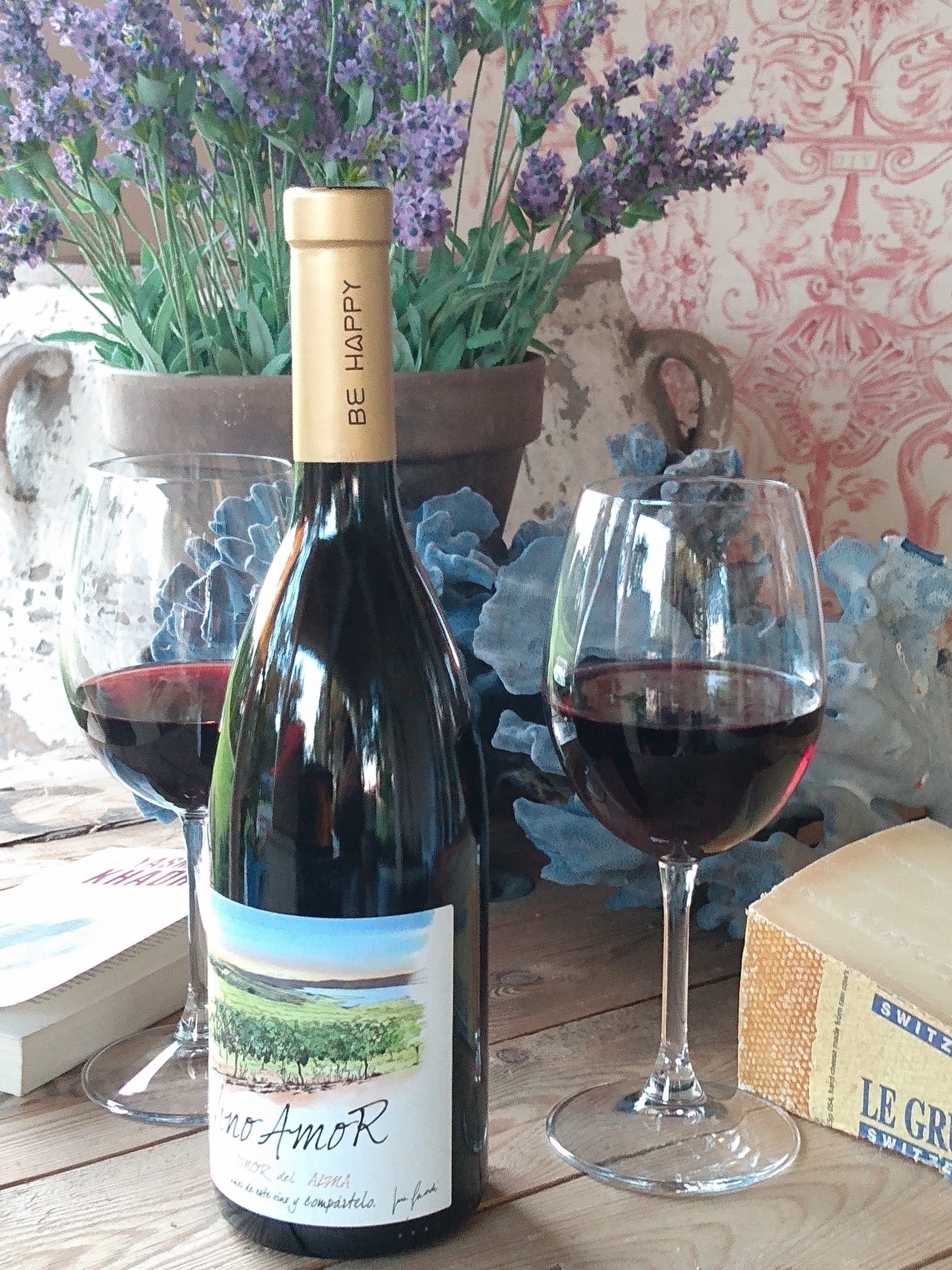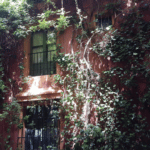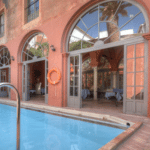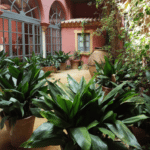To end this very complicated year I take you on a journey, a trip still impossible to realize for many of us for the time being. We are in Southern Spain. Nevertheless, I belong to those who never cease traveling in their mind, and all passed journeys inspire and enrich my daily life, especially now.
Starting point is Sevilla Airport. Take the exit to the right onto E-5/A-5 direction Córdoba. The view is opening up, as does your speed, when you spot on the right sight in elevation a city with whitewashed walls and houses, several towers emerging also. Keep your focus on the road, Andalucía’s plains are vast, disappearing into the horizon. A feeling of infinity captures you approaching Salida 504, where you have to exit the Autopista and turn to the right up the hill direction Carmona-Marchena, turning again to the right at the first crossing for driving further up the hill whilst taking the curvy road s l o w l y.
All of a sudden you get surprised by a majestic Puerta, one of the most beautiful and incredibly well-preserved Roman portals of the Iberian Peninsula: Puerta de Córdoba, her name, responsible for a truly majestic entry into the historic city of Carmona. You will continue driving up through the ‘calles’, always choosing right turns whenever you have the choice. The stone pebbled roads slow down the speed of driving naturally, giving you time to give a glimpse to beautiful house doors, even into the interior of the houses sometimes, meaning into their patios.
We approach Casa Palacio, our destination, a Renaissance palace built in 1561. The palace is impressing by its steadiness expressed in generous dimensions and also by the warmth of the bricks it is built of, typical for the region. Entering the Casa, we pass the first patio out of four, those open-air spaces, where you can take a drink with a tapas whilst the air remains fresh in summer, and during winter you can still choose to have an alfresco dinner or at least a Copa de Cava before the meal. Plants are exuberating everywhere, in clay pots, those Andalucía produces since ever, at least since Roman times.
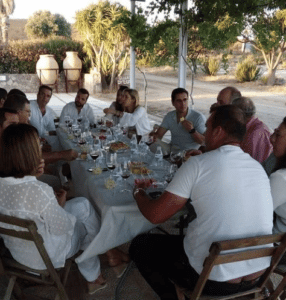
Check in to your room, all of them gorgeous and surprising, antiques mixed with contemporary style furniture, with books that may hold you back inside longer than you wished, with an atmosphere of being at home. I know many different rooms and love them all, even that I won’t reveal the number of the one that gives me a feel of Udaipur, a very nice mix of vibes indeed.
Carmona is worth strolling around, and as you may feel the unrevealed stories of each street corner, take a coffee at the Mercado Municipal together with locals, or eat some tapas at the Mingalario, one of the typical street restaurants with the 3 B’s, meaning Bueno, Bonito y Barato … good, beautiful and cheap.
Back at Casa Palacio, Felipe’s Bar’s music may attract you sometimes more than getting back to your room to dress up for the evening. Don’t worry, whatever, dinner is served until late. Don’t lose precious moments like a chat with Felipe himself and certainly not the one of tasting his wines. Yes, Felipe is descendant from two families that have had a long exposure to wines for several generations, dating back before 1750.
Felipe’s father, Javier Guardiola, a chemical engineer, decided to plant his vineyard turning his Finca El Higueral in Arcos de la Frontera into an ecological and biodynamic farm. He chose Merlot and Pinot Noir for their health enhancing qualities. Arcos de la Frontera is located in the middle of the province of Cadiz, the southernmost province of Spain, some 100km south of Seville Airport.
Wine takes you back to the place it comes from, and so does Felipe’s wine. I wish to present you here, the ‘Vino Amor’. Its ‘terroir’, the enological term for native land, is a privileged place, selected by Phoenicians, Romans, Arabs and Christians alike as a special vine growing place with its microclimate, with its special quality of limestone and the generous amount of rainfalls – 800mm yearly – more than any neighboring region, and its freshness and cooling eastern winds and of course the more than 3000 hours of sunshine yearly.
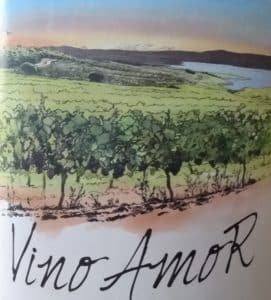
Combine these qualities with the ones of an experienced vintner like Javier Guardiola, who chose Pinot Noir, the delicate black wine grape variety known for its finesse and elegance and you get ‘Vino Amor’, a single-varietal wine. The acidity, delicacy and finesse Pinot Noir is known for, is nicely present in this wine with its 14.5% of alcohol. Wine, especially when produced from grapes grown without chemicals and farmed following organic methods, following a planting agenda that depends upon astrological configurations and farming habits treating the earth as what it is, a living and receptive organism, represents truly an expression of Mother Nature’s generosity.
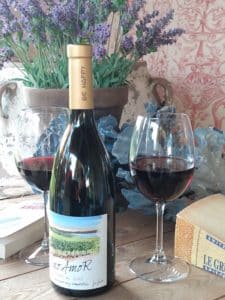
That’s why wine seems to be responsible for at least 25% part of the Mediterranean diet following recent studies. Whilst innumerous qualities of drinking wine moderately can easily be found in the many studies available for the one interested in the knowing, I wish to finish my considerations with the energy ‘Vino Amor’ transmits to the one drinking it, A M O R , L O V E, a message this wine represents beautifully, addressed to the soul of everyone. A M O R, L O V E, addressed at the end of a year as a main message for the coming New Year, a year of even more challenges for a planet kept in fear and unemployed during too many months. Aware of not being able to supply you with ‘Vino Amor’ dependent of where you live, let me just express my sincere New Year’s wishes with plenty of love.
Elisabeth Spinnler
